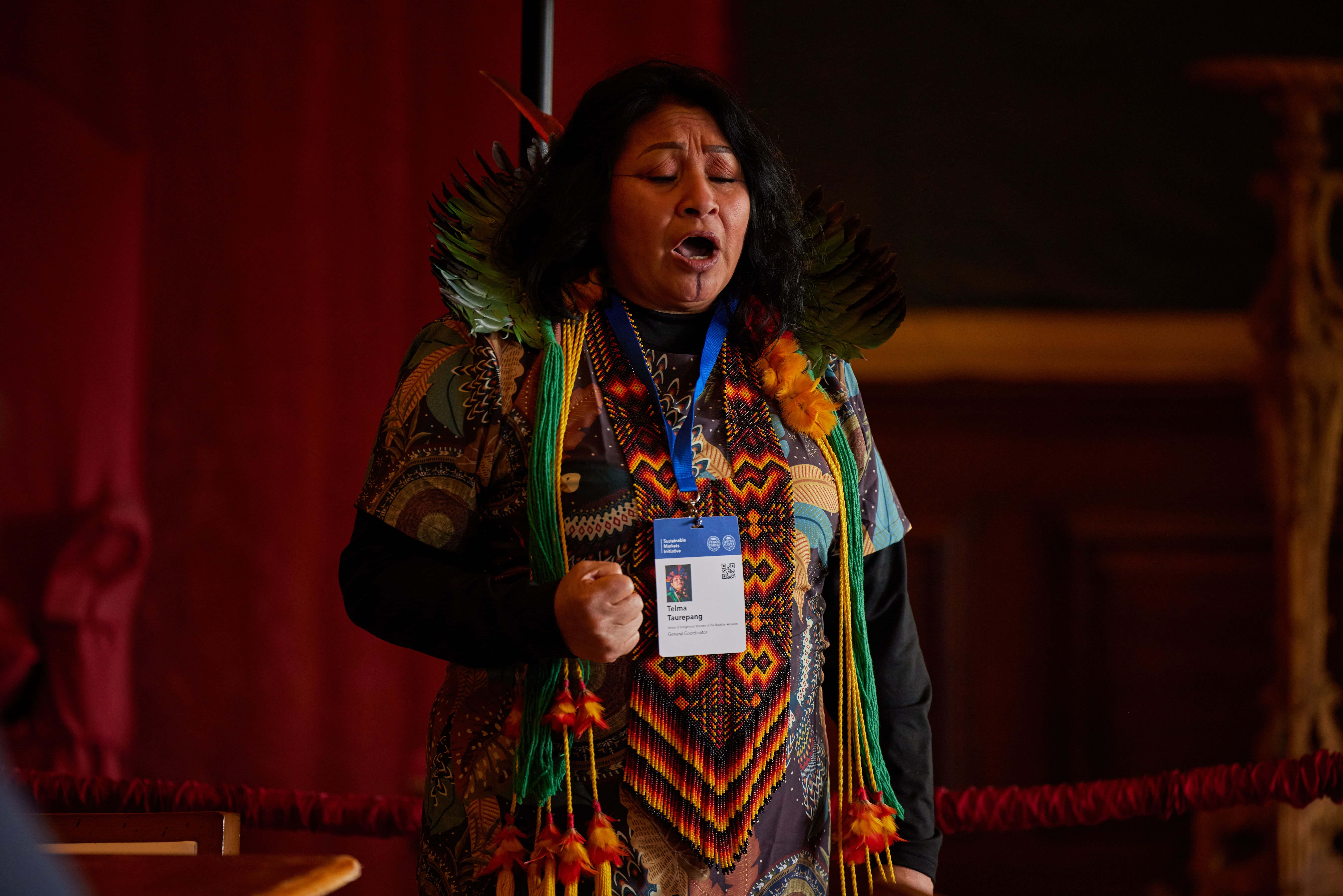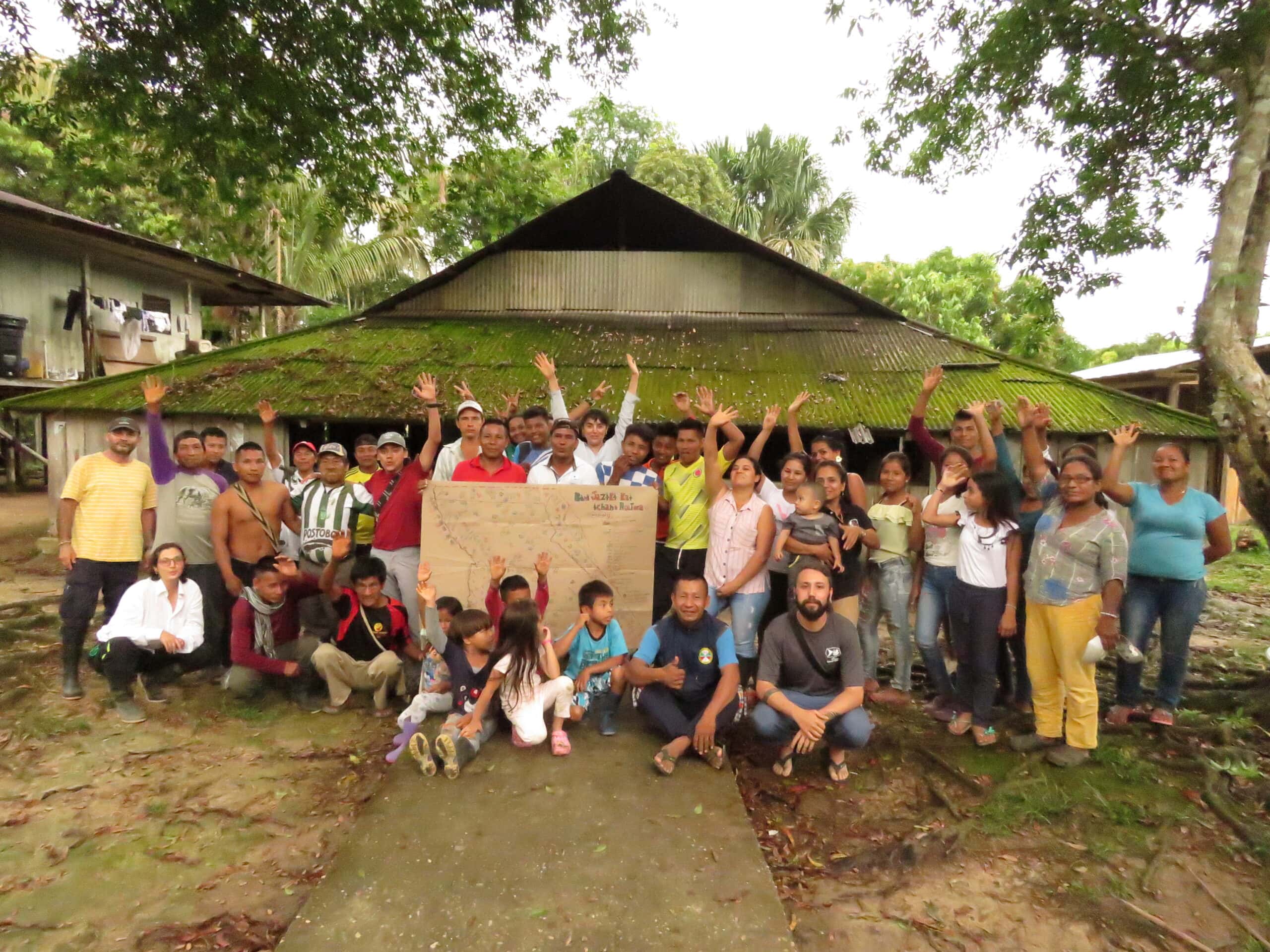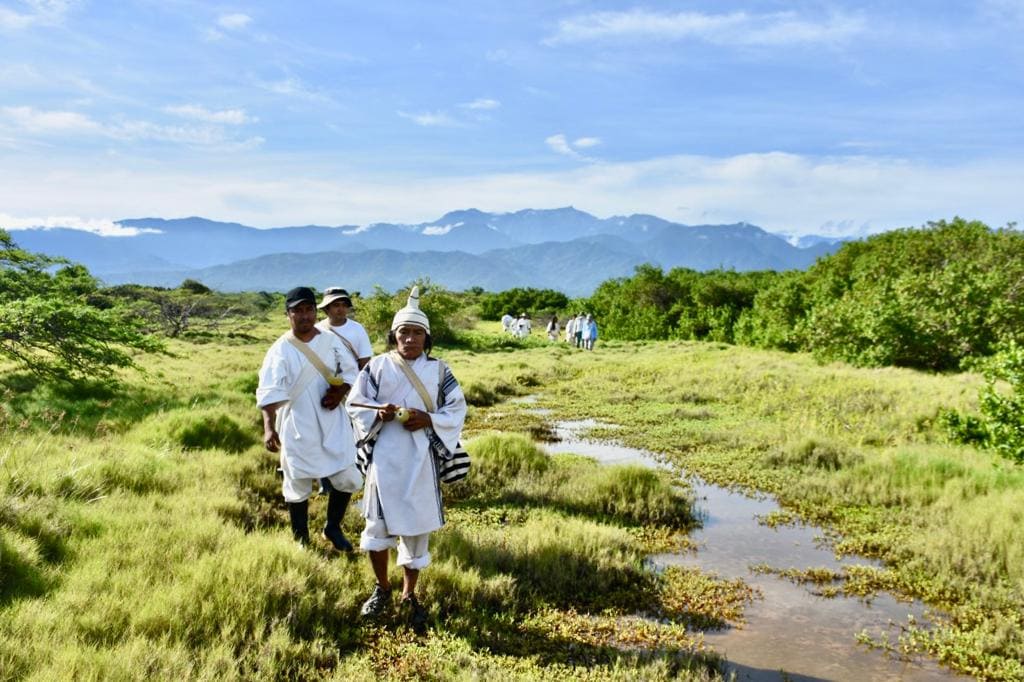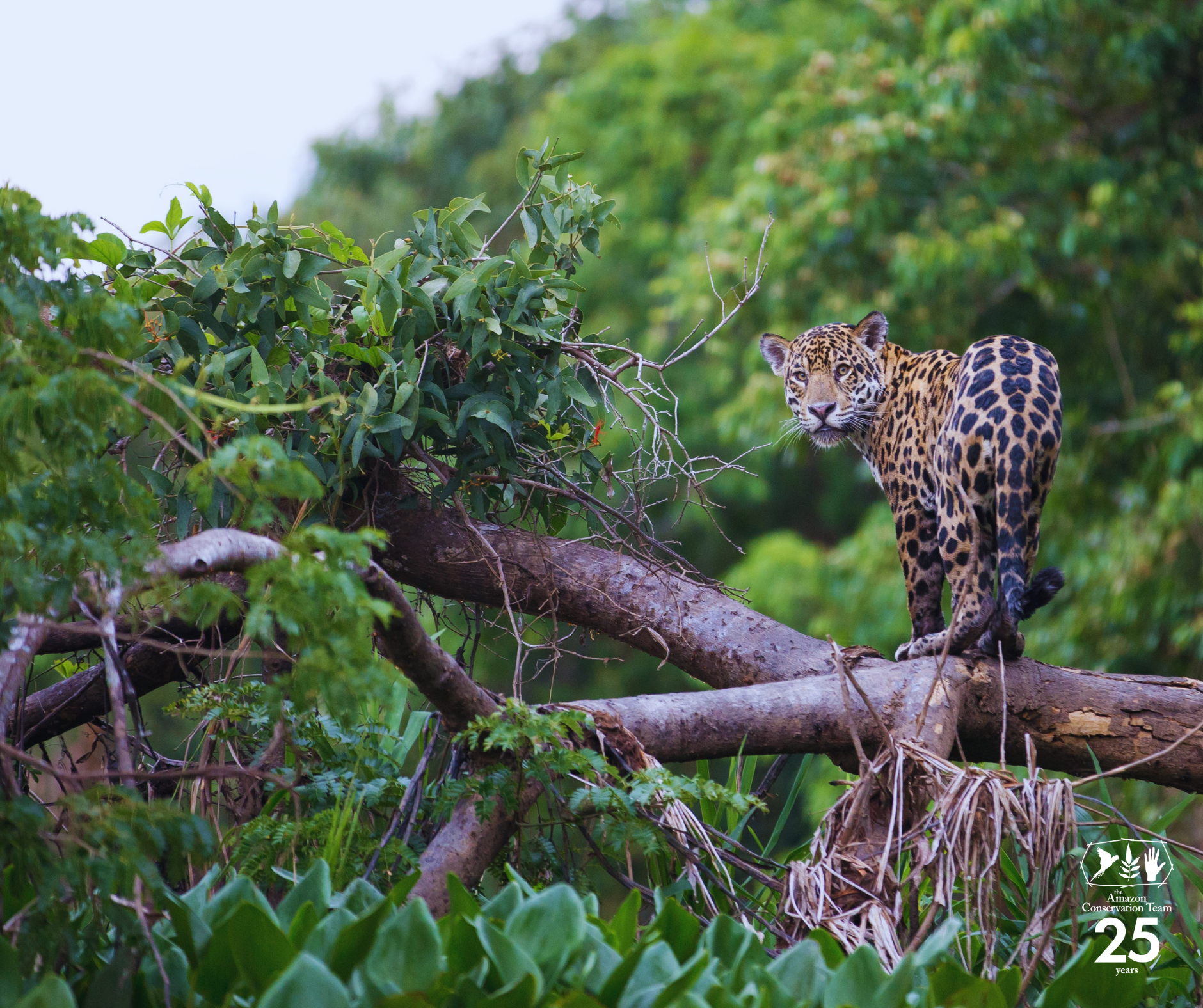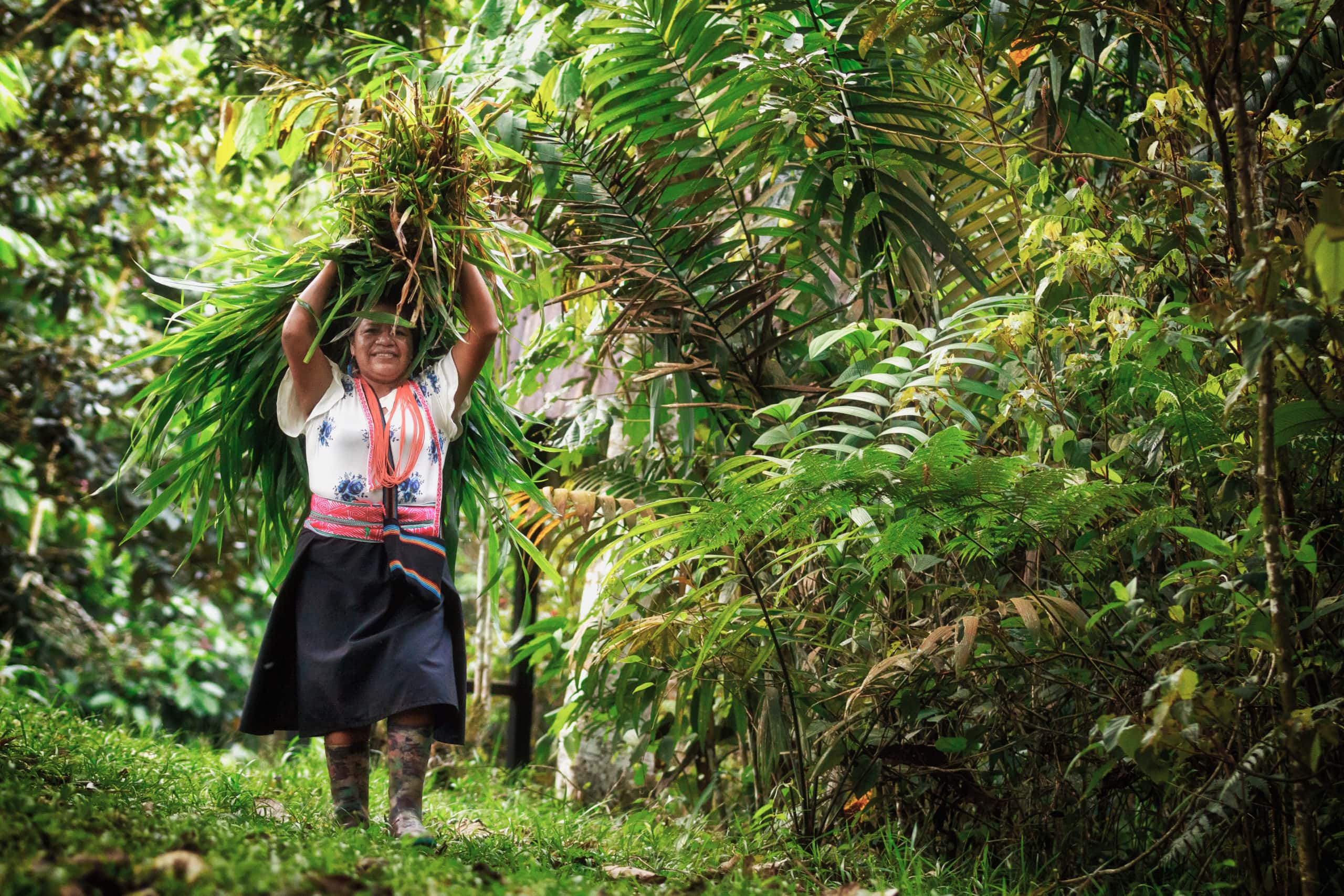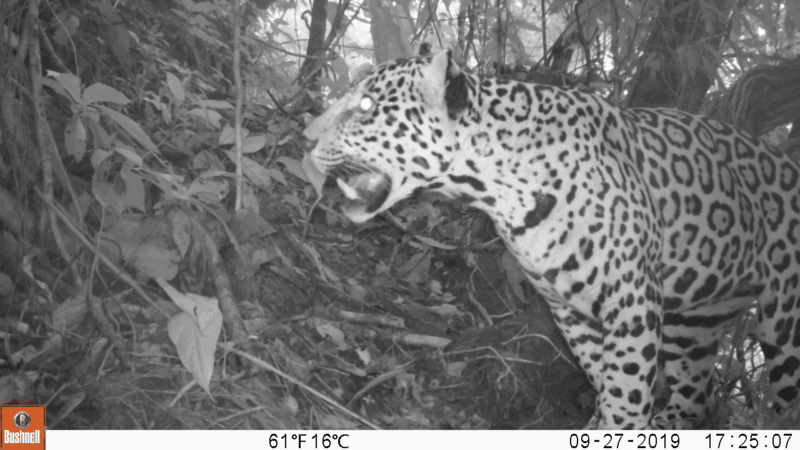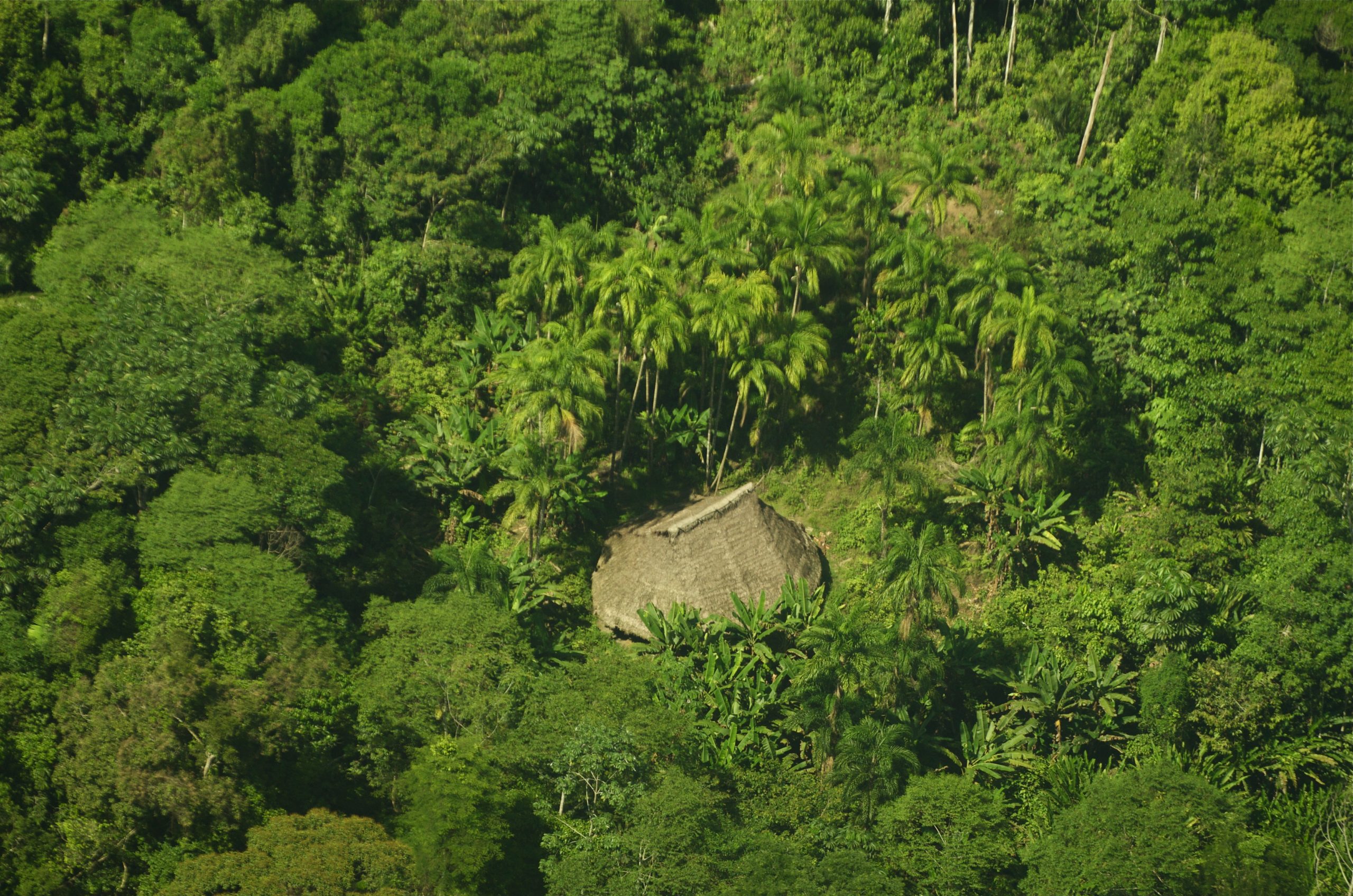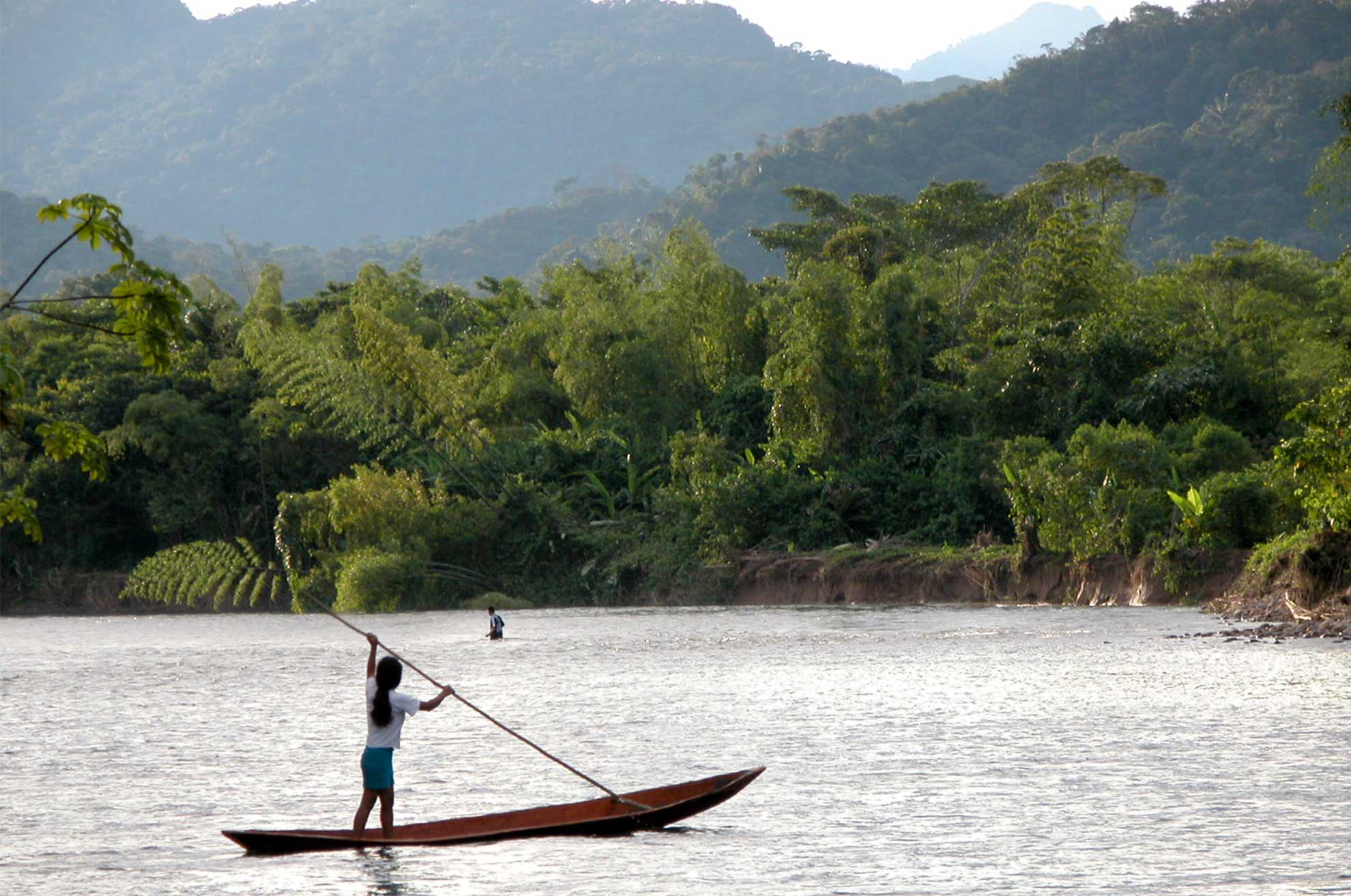Posts Tagged ‘Amazon conservation team’
Why Indigenous Land Rights Matter: A Powerful Message from the Amazon
An Indigenous Voice at a Global Event Imagine standing in front of some of the world’s most powerful business leaders and telling them they need to do better. That’s exactly what Telma Taurepang, an Indigenous leader from the Amazon and an Amazon Conservation Team – Brasil assembly member, did in London at the Terra Carta…
Read MoreConservation victory in Colombia’s deforestation hotspot
On the shores of the Caquetá River, among tall Amazonian palms and fast flowing waters brown with silt, are three indigenous reserves– Huitorá, Coropoyá and Jericó Consaya. These reserves are home to 138 families of the Murui Muina and Korebajʉ people, who have long assumed responsibility for caring for the life within their biodiverse territory.
Read MoreColombian National Land Agency formalizes fourth expansion of the Kogui-Malayo-Arhuaco Indigenous Reserve
The KMA reserve is inhabited by three of the four peoples of the Sierra Nevada de Santa Marta: the Wiwa people (Malayo or Arzario), Kággaba (Kogui) and Ikᵾ (Arhuaco), with jurisdiction in the departments of Magdalena, Cesar and La Guajira. 3,575 indigenous families benefit from the 213 new hectares, which are allocated to cultural and environmental protection and recovery between the upper and lower areas of the Sierra Nevada de Santa Marta, increasing the area of the reserve to just over 407,839 hectares.
Read MoreHow protecting the Jaguar is essential to conserving the Amazon
The Amazon Conservation Team (ACT) and Colombia’s Universidad de la Amazonía continue their project “Live and Coexist”, through which they seek to defend carnivorous animals in Caquetá.
Read MoreGoing at Nature’s Pace: The Story of ASOMI
With the occasion of ACT’s 25th anniversary, Maria del Rosario Chicunque—Charito, the formidable leader that some of you have met—and I want to share the wonderful, glorious, painful, and ultimately extraordinary path that led to the creation of ASOMI, the Association of Indigenous Women, and their private reserve in Colombia. ASOMI’s headquarters is aptly called La Chagra de la Vida, or the Garden of Life. As with all gardens, it nourishes us with blessings of food, beauty, and joy, but it needs proactive tending and weeding in return—never-ending tasks that can give us scrapes, blisters, and scars.
Read MoreCómo proteger al Jaguar es fundamental para cuidar la Amazonía
Amazon Conservation Team (ACT), junto con la Universidad del Amazonía, continúan en su proyecto “Vive y convive”, en el que buscan defender a los animales carnívoros en el departamento del Caquetá, en Colombia, que tiene la mayor tasa de deforestación del país. Esta iniciativa busca busca vincular a las comunidades campesinas de la zona en la defensa, no sólo del jaguar, sino de cientos de especies de fauna y flora que habitan este departamento, que es la puerta a la Amazonía colombiana.
Read MorePueblos Indígenas en Aislamiento o Estado Natural en Colombia: Una historia reciente de los retos para su protección
Since the end of the 19th and beginning of the 20th century, there were rumors from rubber and animal skin traders about the presence of peoples who took shelter deep in the adjoining forests. These are peoples who avoid all forms of contact with the surrounding society.
Read MoreIndigenous Peoples in Isolation in Colombia: A recent history of the challenges involved in their protection
Since the end of the 19th and beginning of the 20th century, there were rumors from rubber and animal skin traders about the presence of peoples who took shelter deep in the adjoining forests. These are peoples who avoid all forms of contact with the surrounding society.
Read MoreACT President & Co-Founder Receives Humanitarian Award from Harvard Extension School
Harvard Extension School has presented the 2019 “Michael Shinagel Award for Service” to Dr. Mark Plotkin of The Amazon Conservation Team.
Read MoreWhy are they persecuting us?
On this path of leadership, and as long as I can remember, I have experienced war. By: Waira Nina Jacanamijoy Mutumbajoy Original article appears in El Tiempo May 28, 2019 I have the honor of providing this space to Waira Nina Jacanamijoy Mutumbajoy, an artist and leader of the Inga people of the Yurayaco community…
Read More

